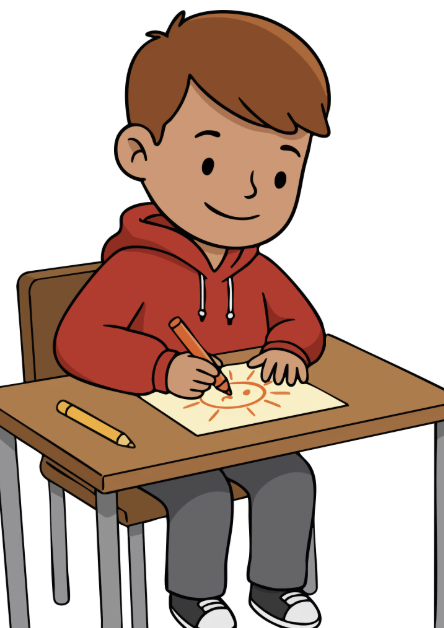
Today, I had the opportunity to reflect on how my tutoring approach shifts depending on students’ ages, subjects and individual needs. Working with both primary and high school students has shown me that, no matter the level, creating a calm, encouraging learning environment is always essential. It helps students feel comfortable, engaged and genuinely connected to what they’re learning.
With my younger students, I’ve learned how important it is to switch activities, incorporate hands-on tasks and keep the pace dynamic to match their shorter attention spans. In contrast, my older students often benefit from more discussion, goal-setting and having the space to steer the direction of each session. I’ve also noticed that building their independence—like encouraging them to evaluate their own work or identify areas they want to strengthen—can be especially empowering.
Even with these differences, the core goal stays the same: helping each student feel confident, curious and supported. Working with such a wide range of learners has reminded me how valuable flexibility and patience are, whether that means adjusting how I explain a concept, slowing down a lesson, or introducing strategies that help students self-regulate or stay organised. Each student teaches me something new about what effective learning can look like, and this variety has only strengthened my passion for helping them grow both academically and personally.
Overall, planning your tutoring lesson around each individual student is the most effective way to maximise the benefits of tutoring. Having the skills to adapt according to each student is essential, and likely lead to making a huge difference in both productivity and confidence.
Annabelle Molloy

